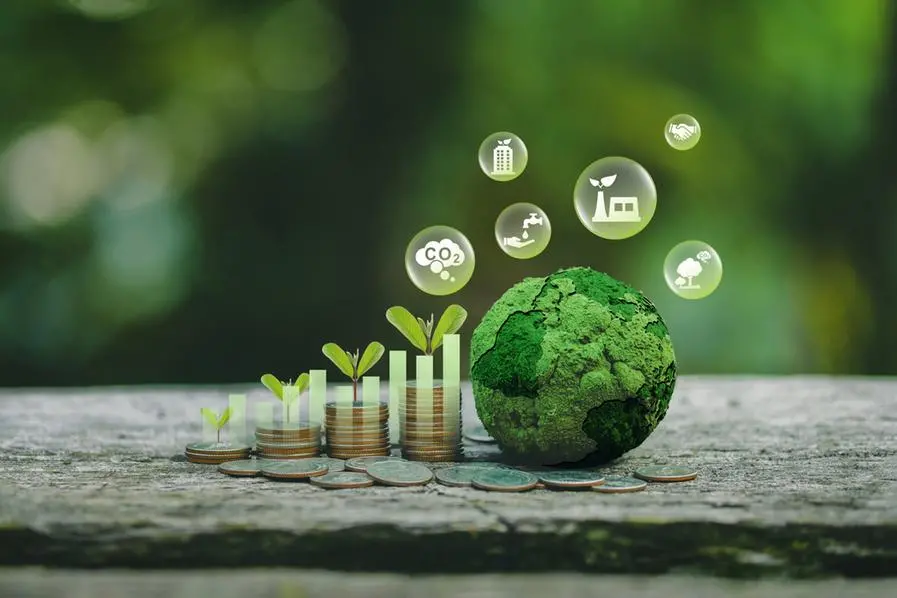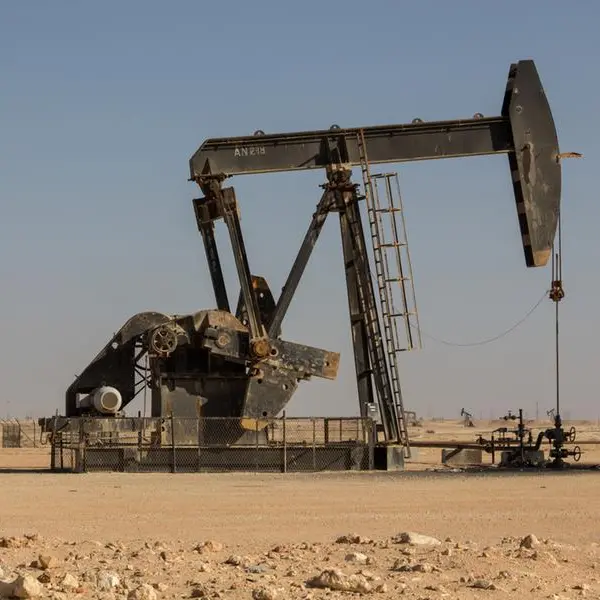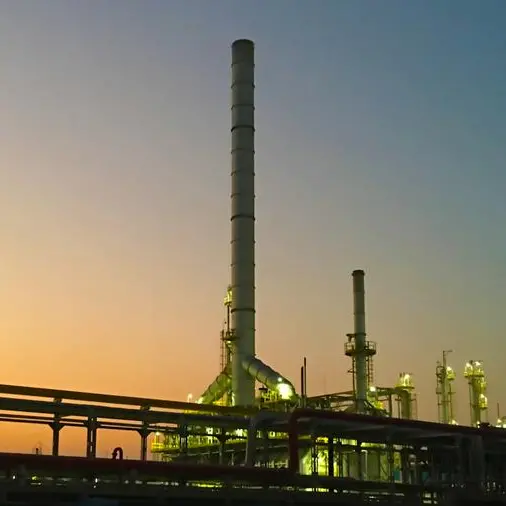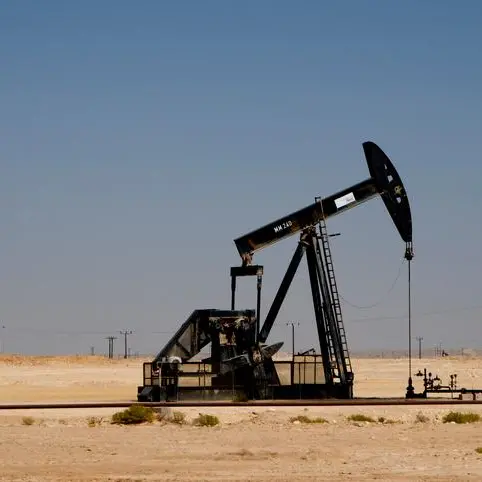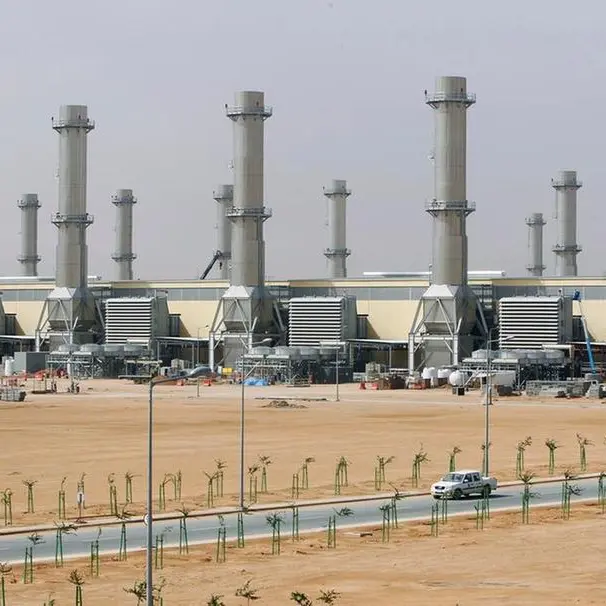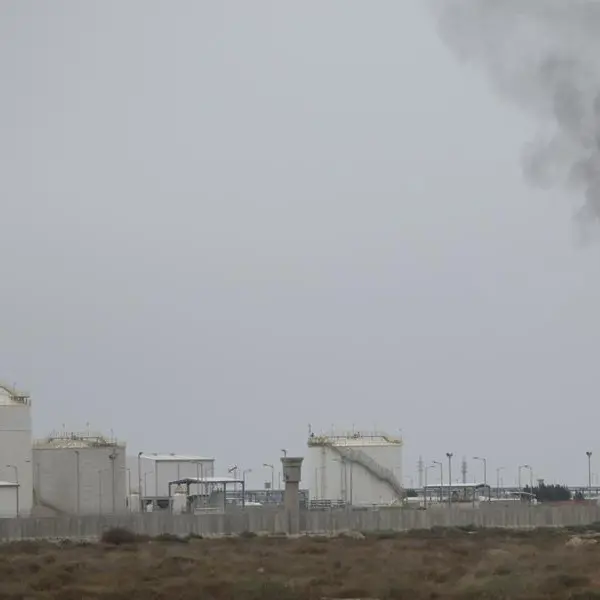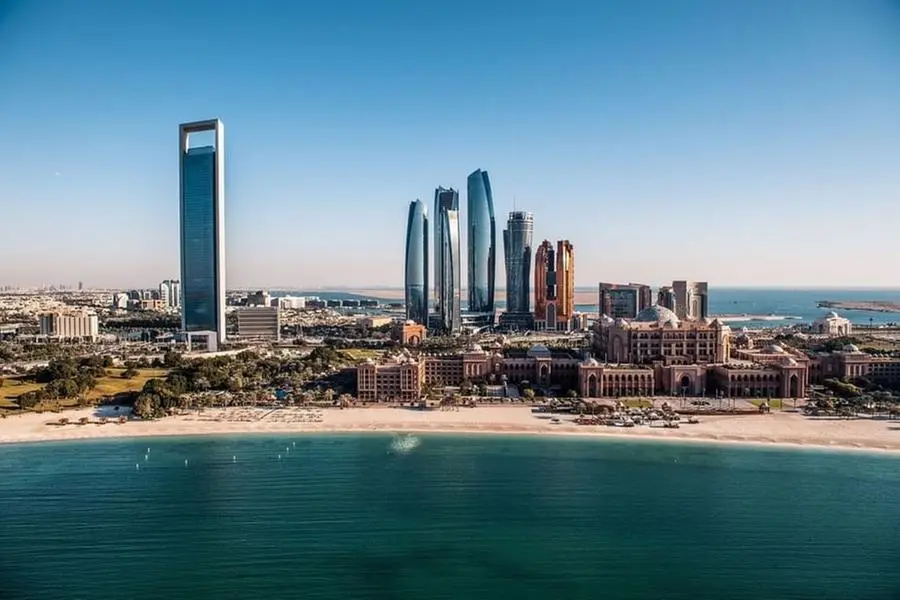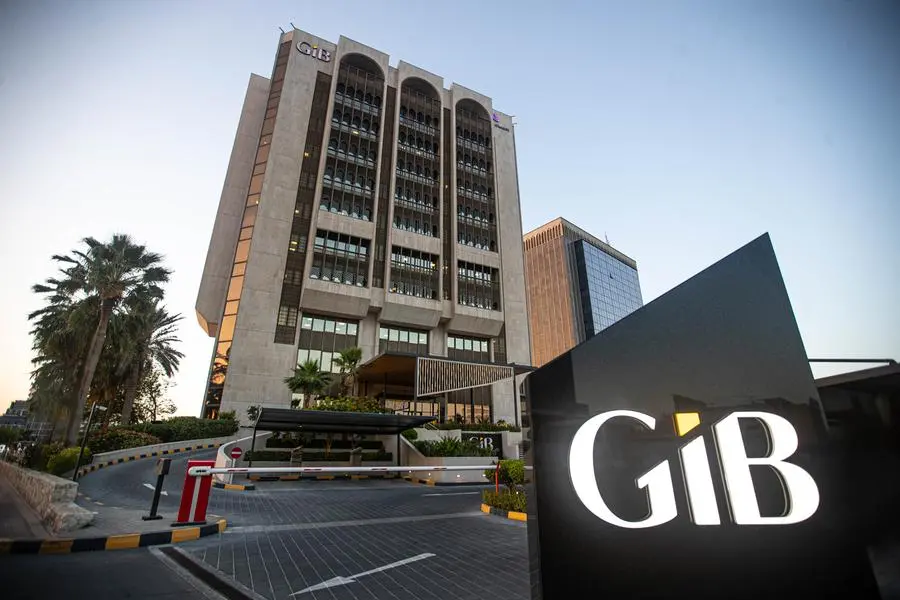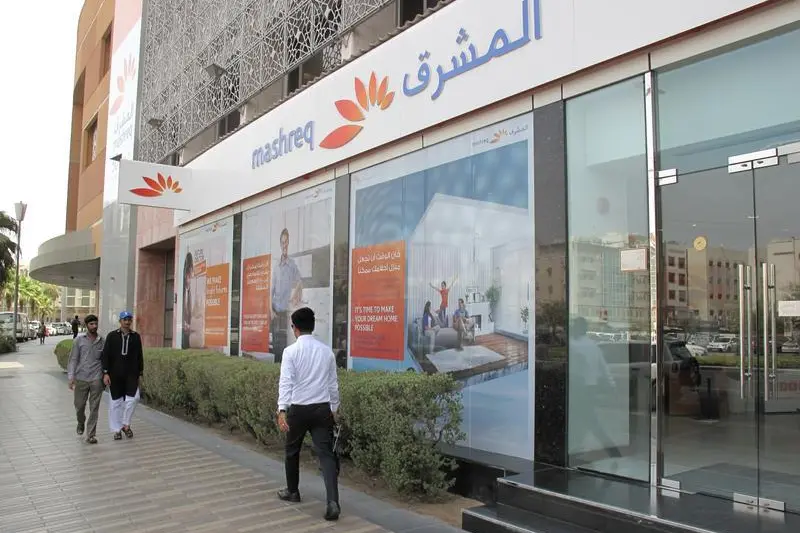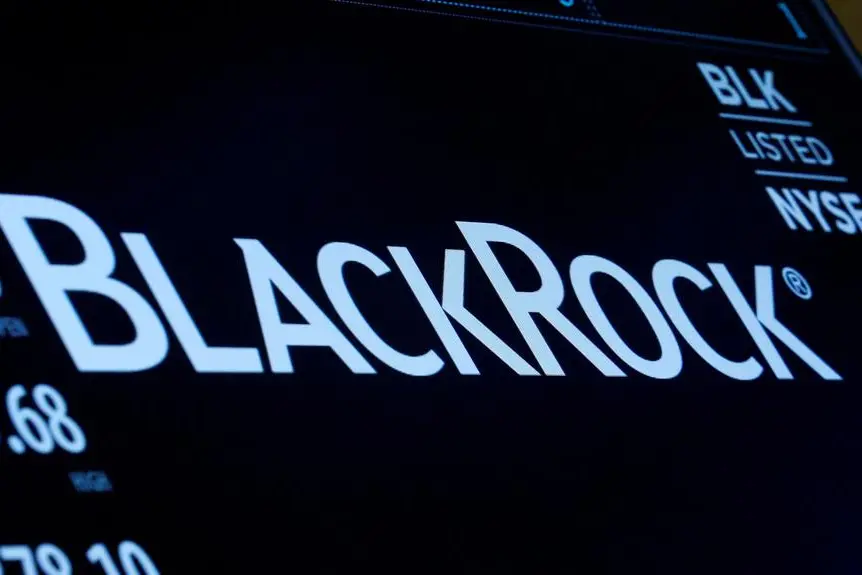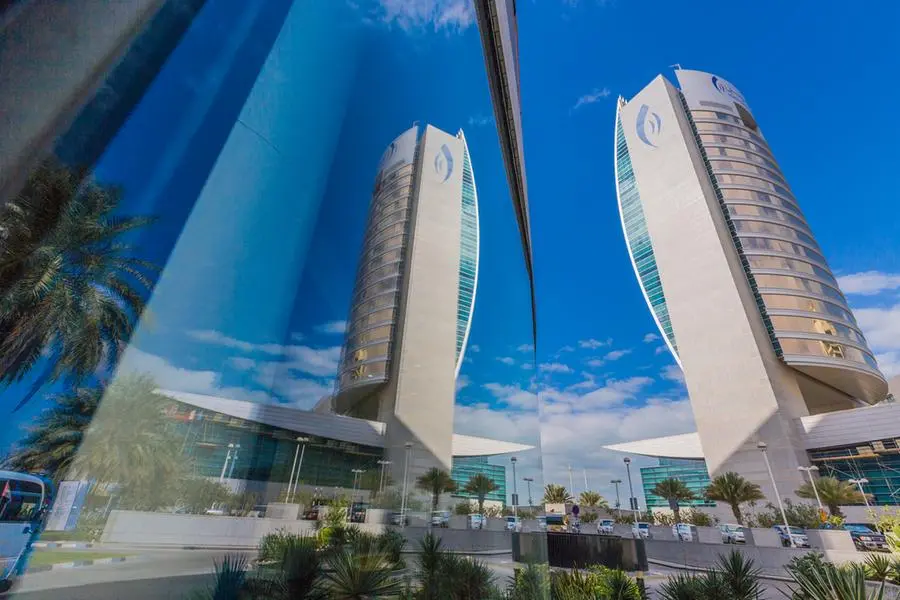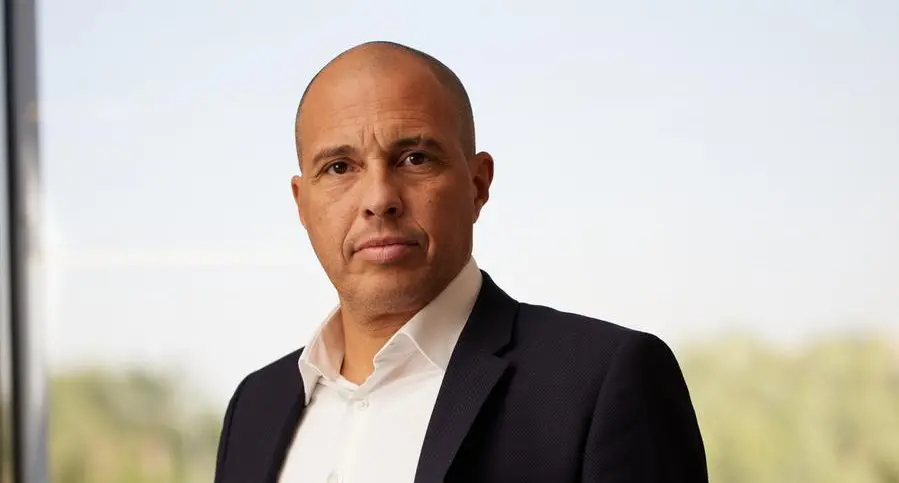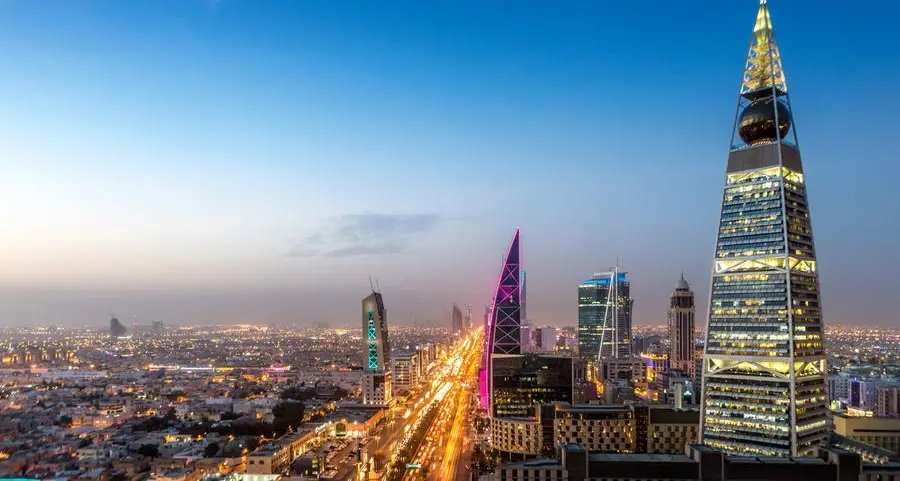PHOTO
Deregulation and rising U.S. oil output—reaching 12.8 million barrels per day in 2025—are driving fossil fuel expansion, spurred by energy independence and high global energy prices. However, U.S. oil companies like ExxonMobil, Chevron, and ConocoPhillips face pressure to balance production with ESG concerns.
Prioritising shareholder returns through dividends and stock buybacks, these companies are focusing on short-term financial performance, with capital expenditures expected to decline in 2025. Despite the shift away from high-risk oil projects, they continue to rely on debt financing and private equity to fund operations.
According to a Reuters report, U.S. oil companies have faced increased difficulty attracting investment for high-risk, high-cost exploration projects due to shifting international capital toward ESG-compliant firms. Even as international investors are focusing more on clean energy, U.S. oil companies are adapting by leveraging higher cash flow from recent price hikes to continue operations and expand production. These firms are also relying on more efficient drilling technologies to mitigate some of the financial constraints imposed by ESG-conscious investors.
The Gulf's Energy Transition: A Pivot Towards Clean Energy
While the U.S. pushes forward with fossil fuel dominance, the Middle East—especially Saudi Arabia—is increasingly investing in renewable energy projects, such as solar power and hydrogen production. Saudi Arabia’s Public Investment Fund (PIF) has committed $600 billion by 2029, with a significant portion allocated to clean energy, signaling a clear pivot towards sustainability. This transition is part of a broader strategy aimed at diversifying the country’s economy and reducing its dependence on oil revenues, in light of the global shift toward cleaner energy.
In contrast to the U.S.'s focus on immediate fossil fuel output, the Middle East’s strategy is more balanced, seeking to secure energy security through a mix of oil, gas, and clean energy. These steps are designed to future-proof the region’s energy sector while maintaining its role as a dominant player in global energy markets.
Renewable Energy Penetration: U.S. vs. Saudi Arabia and UAE
When comparing renewable energy penetration between the U.S., Saudi Arabia, and the UAE, significant differences emerge that highlight their contrasting energy strategies.
In the U.S., renewable energy accounted for around 21 percent of total electricity generation in 2023, with solar and wind making up the majority of this share. While the U.S. is rapidly expanding its renewable energy sector, especially in states like California and Texas, fossil fuels—particularly natural gas—still dominate the energy mix, and inconsistent federal and state policies pose challenges to achieving more substantial growth.
In Saudi Arabia, renewables made up less than 5 percent of total electricity generation in 2022, but the country is actively working to increase this share through Investments in solar and wind projects. The Kingdom’s ambitious goals include generating 50 percent of its electricity from renewables by 2030 in parallel with investments in fossil fuels. Saudi Arabia’s investments in green hydrogen production further reinforce this dual strategy.
The UAE, on the other hand, has made significant progress, reaching 27.83 percent renewable energy in 2023, with a target of 32 percent by 2030. The UAE’s focus on solar power, combined with diversification into nuclear and clean hydrogen, shows its commitment to sustainability, aiming for 50 percent clean energy by 2050. Like Saudi Arabia, the UAE maintains a dual focus on fossil fuel extraction, particularly natural gas, alongside its efforts to boost renewable energy production for long-term economic diversification and energy security.
Geopolitical Risks and Oil Market Volatility
Tensions in the Middle East, particularly disruptions in vital shipping routes like the Red Sea, continue to pose risks to global energy security. Oil-producing nations in the Gulf, including Saudi Arabia and the UAE, are increasing their focus on natural gas production to offset potential declines in oil revenues. This diversification is critical for long-term energy security and supports their economic resilience in the face of changing global demand. The geopolitical risks of energy supply chains—exacerbated by trade route disruptions and rising logistical costs—are also influencing strategies for energy production and investment in the region.
As the world transitions toward cleaner energy, oil price volatility remains a concern. With prices forecasted to average $74 per barrel in 2025, a decrease from last year's $81, OPEC+ countries like Saudi Arabia continue to wield influence over global oil prices. Despite the overall push for lower-carbon technologies, the Gulf’s continued control over oil production cuts and price stabilisation efforts is likely to remain an indispensable strategic advantage.
Supply Chains: Rising Costs and Geopolitical Shifts
Both the U.S. and the Middle East face rising material costs, logistical bottlenecks, and disruptions in trade routes—especially those in the Red Sea—which could complicate oil and gas shipments. The U.S. oil sector faces challenges in securing sufficient capital due to the global capital shift away from high-risk fossil fuel projects. However, despite these challenges, the increased cash flow from higher oil prices continues to allow U.S. oil companies to expand output. Similarly, in the Gulf, the pressure to diversify energy portfolios is growing as oil prices fluctuate, and countries like Saudi Arabia and the UAE look to maintain stability through natural gas production and green investments.
ESG and Energy Transition in the Middle East
The Middle East is positioning itself as a global leader in the clean energy transition, with significant investments in renewables and green technology. Saudi Arabia’s Vision 2030 and the UAE’s clean energy projects are central to the region’s economic diversification.
Unlike the U.S., the Gulf region is balancing fossil fuels and clean energy. Saudi investments in hydrogen, for example, are key to reducing reliance on oil exports while maintaining fossil fuel dominance. Meanwhile, the U.S. risks falling behind as ESG-focused capital increases.
While U.S. oil companies struggle to attract investment for high-risk projects, they compensate with strong cash flows, private equity, and government support. Without stronger climate commitments, the U.S. may contribute to global temperature rise, complicating efforts to align with global sustainability goals.
While U.S. oil firms are seeking to maximise shareholder returns through increased production, they face increasing difficulty in securing long-term investment for high-risk projects. In contrast, the Gulf region is securing its future by investing heavily in clean energy, natural gas, and economic diversification, positioning itself to stay competitive in the evolving global energy market.
(The author is the founder of ESG Middle East Insights and an ESG advisor specialising in sustainable development goals (SDGs) and economic diversification. She holds an MBA and certification in CFA ESG Investing and is also a certified UNCTAD Youth Network coordinator. Any opinions expressed in this article are the author’s own)
